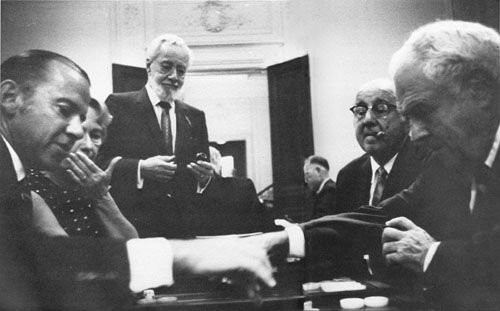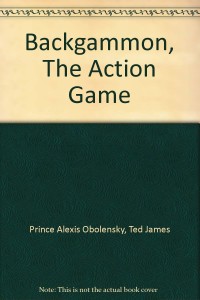Backgammon is among the most ancient board games that can be played by 2 players. The usual goal of a Backgammon game is to convert all your checkers into home and then remove them from the board. The first player who has removed all of his checkers wins the game. However, there are numerous rules of the standard game of backgammon. The rules of each variant differ only slightly. Some of the most well-known rules of this game include the 1931 and 1969 rules.

Before attending a tournament, its best if you know the origin of various rules for playing a game of backgammon specially with the doubling cube.
The 1931 Rules
North America and Europe. It was during this time that the doubling cube was acquainted with backgammon. The doubling cube brought a great excitement to the game and most likely contributed to the new enthusiasm in the game. Among spots where backgammon was most prominent was New York’s Racquet and Tennis Club. In 1931, Wheaton Vaughan, executive of the club’s Card and Backgammon Committee and coauthor of the book Winning Backgammon, chose to embrace the task of preparing laws for the game. He gathered all the representatives of other interested clubs and asked them to attend a series of meeting. Numerous clubs in the New York territory took part, and others around the nation reported their eagerness to follow whatever laws were planned. The standards arranged by this council turned out to be broadly acknowledged over the United States. These were the main arrangement of guidelines that consolidated the utilization of the doubling cube, and they frame the premise for the laws of backgammon as it is played around the world today.
The 1969 Rules
The standard principles of 1931 functioned well and were broadly reached in North America and to a lesser degree in Europe. But as backgammon began to decrease in prominence in the late 1960s, the standard rules of 1931 is in need of updating. The objective was to clarify a few parts of the game which were not clear in the 1931 rule and to remove certain discretionary standards that were no more utilized. The 1961 guidelines were set up by the International Backgammon Association and were in force at the yearly competitions held at Grand Bahama Island and at Las Vegas in the 1960s. They were distributed in Obolensky’s and James’ famous book Backgammon: The Action Game. Meanwhile, Oswald Jacoby and John Crawford distributed a comparable arrangement of principles around the same time. The differences from the 1931 rules are generally minor. A technique is given for figuring out who gets which seats, checkers, and dice. Some jargon was redesigned marginally: “throwing off” is now “bearing off”; “inner table” is now “home board”; “doublets” are now “doubles. On the other hand, some rules were removed particularly the optional scoring technique for one point for each checker still on the board is no longer included.
Games have always been a way to pass time throughout the years. Recently, it has been a way to bring people away from their busy schedules and spend time with their family and friends. The game of Backgammon unites people together, from a small family to people on the opposite sides of the world. Backgammon has evolved through the ages due to the increase of leisure time, money, social changes, and psychological changes. Through time, with travel becoming easier, the concept of the game spread causing it to weave in and out of various cultures making the game more advanced and more diverse.

